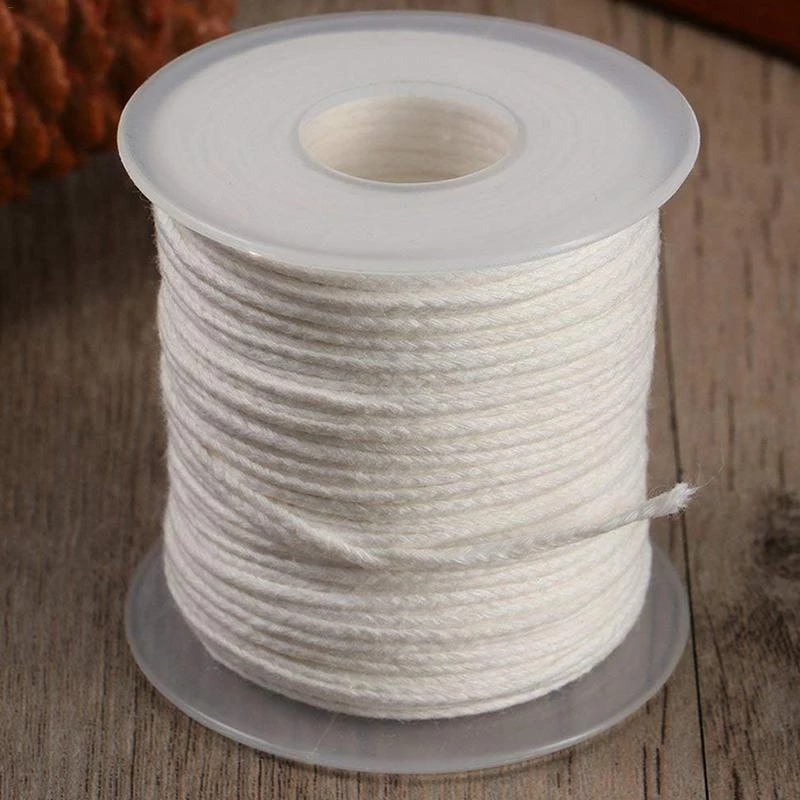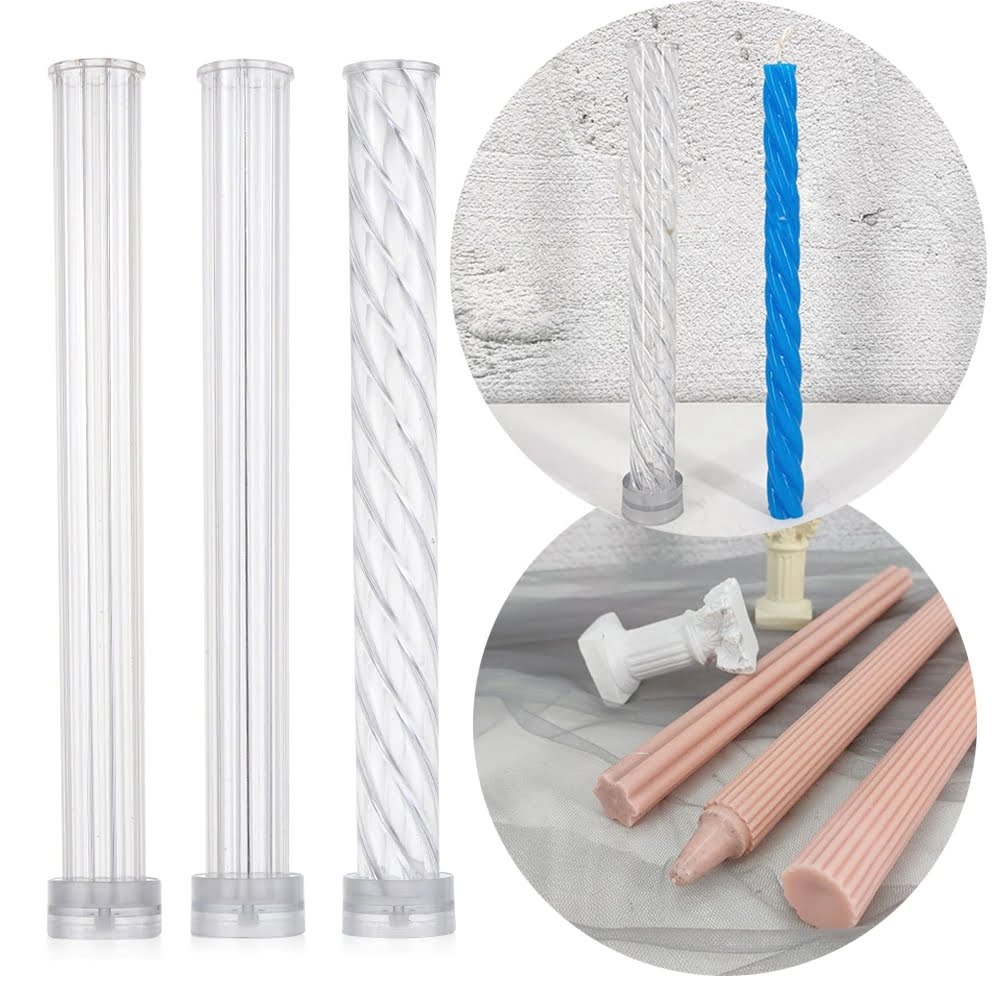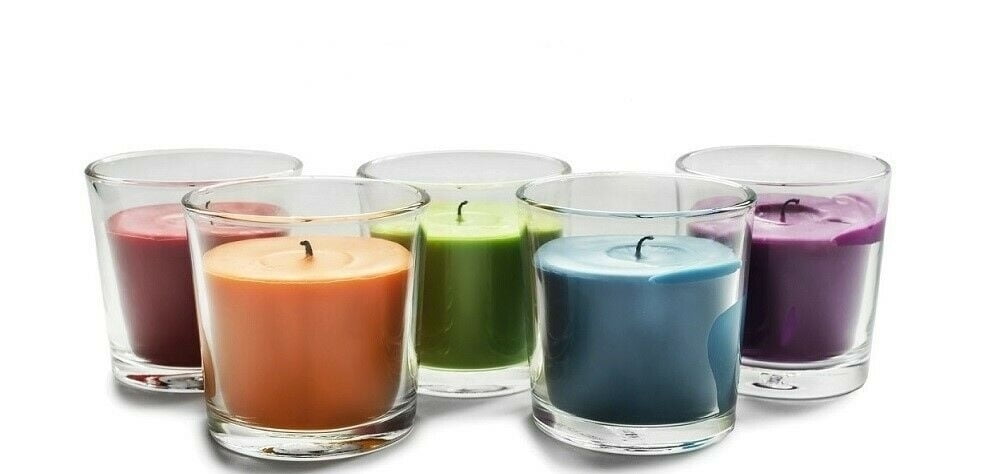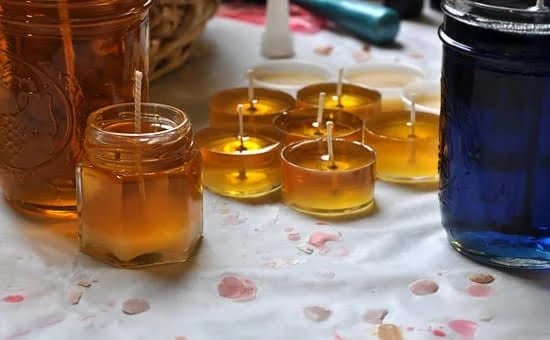Candle making is a popular and rewarding hobby for many people. Whether you are making candles for personal use or as a small business venture, it’s important to understand the intricacies of the process to create beautiful and safe products. One common issue that candle makers face is when the flame burns too high, which can have negative effects on the quality and safety of the candles.
Proper flame height is crucial in candle making, not only for aesthetic reasons but also for safety. A flame that burns too high can lead to excessive soot and smoke, uneven burning, and even cause a fire hazard. In this article, we will delve into the common causes of high flames in candle making, how it affects the quality of the candles, and essential tips for preventing this issue.
There are several factors that can contribute to a high flame in candles, from using the wrong wick size to poor wax selection. Understanding these causes is essential to troubleshoot and prevent high flames in your candle making endeavors. By choosing the right wicks and practicing proper maintenance techniques, you can ensure that your candles burn beautifully and safely. Let’s explore how you can maintain safe and beautiful candle flames in your craft.
The Importance of Proper Flame Height
Maintaining the proper flame height in candle making is essential for producing high-quality and safe candles. When the flame is too high, it can lead to issues such as soot buildup, uneven burning, and even safety hazards. Therefore, it is important for candle makers to understand the significance of controlling the flame height during the candle making process.
One of the main reasons why proper flame height is crucial in candle making is to ensure a clean and even burn. When a flame is too high, it produces excessive heat which can cause the wax to melt too quickly and unevenly.
This not only affects the aesthetic appeal of the candle but also reduces its burn time. In addition, a high flame can result in soot buildup on the container or surrounding area, leading to a less visually appealing and dirtier burning experience.
Another important aspect of maintaining proper flame height in candle making is safety. A flame that is too high increases the risk of fire hazards and accidents. It can cause the container or surrounding objects to overheat, potentially leading to a fire. By keeping the flame at the right height, candle makers can ensure that their products are not only aesthetically pleasing but also safe for use.
| Importance | Significance |
|---|---|
| To ensure clean and even burn | Proper flame height reduces soot buildup and ensures even melting of wax |
| For safety purposes | Prevents fire hazards by avoiding overheating containers or surrounding objects |
Common Causes of High Flame in Candle Making
When making candles, it is essential to ensure that the flame burns at the proper height. A high flame not only affects the appearance of the candle but also poses a safety risk. There are several common causes of high flames in candle making that every candle maker should be aware of.
One common cause of a high flame in candle making is using the wrong type or size of wick for the specific type of wax being used. Wicks that are too large for the diameter of the candle will produce a larger flame, while wicks that are too small may drown in the wax, causing tunneling and subsequent higher flame.
Another factor that can contribute to a high flame in candle making is an excessive amount of fragrance oil or dye in the wax. Both fragrance oils and dyes contain additives that can affect how well the wax burns, and using too much can lead to a larger-than-desired flame.
Additionally, pouring wax at too high of a temperature can lead to higher flames once the candle is lit. When wax is poured at excessively high temperatures, it can cause poor adhesion between the wick and the wax, leading to uncontrolled burning and a higher than normal flame.
| Cause | Effects |
|---|---|
| Wrong type or size of wick | Larger or smaller than desired flame |
| Excessive fragrance oil or dye | Larger than desired flame due to additives affecting burning |
| Pouring wax at too high temperature | Poor adhesion between wick and wax, leading to uncontrolled burning |
How High Flames Affect Candle Quality
When it comes to candle making, the height of the flame plays a crucial role in determining the quality of the finished product. A properly sized flame is not only essential for aesthetics but also for safety and optimal burning. Understanding how high flames affect candle quality is important for anyone looking to create beautiful and functional candles.
The height of the flame directly impacts how the candle burns, as well as its overall performance. When a candle’s flame is too high, it can lead to issues such as sooting, excessive smoke, uneven burning, and even potential safety hazards. These factors can all contribute to a poor quality candle that not only looks unsightly but also fails to provide a pleasant experience for the user.
To ensure that your candles maintain high quality and perform as intended, it is crucial to keep the flame at an appropriate height throughout their burning process. By understanding how high flames affect candle quality and taking proactive measures to prevent excessively high flames, you can create candles that not only look beautiful but also burn cleanly and evenly.
To prevent high flames from negatively impacting your candle quality, consider implementing the following tips:
- Trim wicks to an appropriate length before each use
- Use properly sized wicks for your specific wax type and container size
- Monitor burning candles regularly to ensure they are not producing excessively high flames
By paying attention to these key factors and taking proactive measures, you can maintain safe and beautiful candle flames throughout their entire lifespan.
Tips for Preventing High Flames in Candle Making
Candle making is an enjoyable and creative craft that allows individuals to produce their own unique candles. However, it’s essential to ensure that the flame height of your candles remains at a safe and appropriate level. When the flame is too high, it can pose safety hazards and affect the quality of the candle. In this section, we will delve into some essential tips for preventing high flames in candle making.
Choose the Right Wax
One of the key factors that can contribute to high flames in candle making is the type of wax used. Different waxes have varying melting points and combustion characteristics, which can impact how the candle burns. It’s crucial to choose a high-quality wax specifically designed for candle making to ensure proper flame height. Soy wax, beeswax, and paraffin wax are popular options known for their excellent burning properties.
Measure Fragrance Oils Carefully
Adding fragrance oils to your candle can enhance its aroma, but using too much oil can also cause the flame to burn too high. When measuring fragrance oils, it’s important to follow the recommended guidelines provided by the manufacturer. Overly scented candles can lead to an unstable flame and excessive flickering. Carefully measuring fragrance oils will help maintain a steady flame height while still achieving a pleasant scent throw.
Proper Wick Selection
Selecting the right wick for your candles is crucial in controlling flame height. Wicks come in various sizes and materials, each suitable for different types of wax and container sizes. Choosing a wick with the correct diameter and burn rate for your specific candle recipe will help prevent high flames. It’s essential to conduct tests when trying out different wicks to determine which one produces an optimal flame size for your candles.
Choosing the Right Wicks for Candle Making
When it comes to candle making, choosing the right wicks is crucial in ensuring that your candles burn properly and safely. The wick plays a significant role in controlling the flame height, which is essential for the overall quality of your candles. Here are some tips for selecting the right wicks for your candle making projects:
- Consider the diameter of your container: Different candle containers require different wick sizes to achieve the ideal flame height. It’s important to match the wick diameter with the diameter of your container to prevent a high flame.
- Think about the type of wax you’re using: The type of wax you use can affect how a wick burns. For example, soy wax may require a different type of wick than paraffin wax to maintain an optimal flame height.
- Explore different wick materials: Wicks come in various materials such as cotton, paper, or wood. Each material has its own burning characteristics and influences flame height differently.
Choosing the right wicks is crucial in preventing high flames in candle making. A properly selected wick will help ensure that your candles burn evenly and cleanly without producing excessive soot or smoke. By taking the time to consider these factors when choosing wicks for your candle making projects, you can create beautiful and safe candles that will delight both you and those who enjoy your creations.
In addition to selecting the right wicks for your candles, proper maintenance is also essential in avoiding high flames. This includes trimming the wick regularly, keeping an eye on the burn pool, and paying attention to drafty conditions that can affect flame height. By choosing appropriate wicks and practicing good maintenance habits, you can enjoy beautifully burning candles that enhance any ambiance without worrying about high flames causing safety hazards or compromising their visual appeal.
Proper Candle Maintenance to Avoid High Flames
Trimming the Wick Regularly
One of the most important steps in proper candle maintenance is to regularly trim the wick. A wick that is too long can lead to a high flame, which can cause the candle to burn too quickly and produce excessive soot. Using a pair of wick trimmers, trim the wick to approximately 1/4 inch before each use. This will help to prevent the flame from becoming too large and ensure a more even and controlled burn.
Avoiding Drafts and Airflow
Another important aspect of maintaining safe candle flames is to ensure that the candle is not placed in an area with excessive drafts or airflow. Drafts can cause the flame to flicker and dance, leading to a higher flame and uneven burning. To avoid this, place candles away from open windows, air vents, fans, and other sources of airflow.
Using Quality Candle Holders
Choosing the right candle holder can also contribute to maintaining safe flame height. A sturdy and heat-resistant holder will provide stability for the candle, preventing it from tipping over and causing a high flame. Look for holders made of materials such as glass or metal, as these are less likely to be affected by heat.
By following these maintenance tips, you can ensure that your candles burn safely and beautifully without experiencing high flames that can affect their quality or safety. Taking care of your candles through regular trimming, avoiding drafts, and using appropriate holders will result in a more enjoyable and satisfying candle-making experience.
Troubleshooting High Flames in Candle Making
When it comes to candle making, troubleshooting high flames is a common issue that many crafters face. While a flickering flame can add ambiance to any setting, a flame that burns too high can be dangerous and affect the quality of the candle. In this section, we will discuss the steps you can take to troubleshoot and resolve high flames in your candle making process.
There are several common causes of high flames in candle making, including using wicks that are too large for the container size, using an improper wax-to-fragrance ratio, or simply not trimming the wick properly before burning. When the flame is too high, it can lead to soot buildup on the container and an uneven burn, ultimately affecting the overall appearance and performance of the candle.
To address this issue, one effective method is to ensure that you are choosing the right wicks for your candles. It’s important to consider factors such as the type of wax being used, the diameter of the container, and whether or not fragrance oils are being incorporated into the wax. By selecting wicks that are appropriate for your specific candle-making parameters, you can help prevent high flames from occurring in the first place.
In addition to selecting the right wicks, proper maintenance is also key in preventing high flames. This includes regularly trimming wicks to an appropriate length (typically around 1/4 inch), ensuring that candles are placed in areas with proper ventilation and away from drafts, and consistently monitoring burning candles for any signs of excessive smoking or flickering. By taking these proactive measures, crafters can maintain safe and beautiful candle flames while avoiding potential hazards associated with high flames.
By troubleshooting and addressing high flames in your candle making process through proper wick selection and maintenance practices, you can achieve optimal burning performance and enhance the overall quality of your handmade candles.
Conclusion
In conclusion, maintaining safe and beautiful candle flames is crucial for a successful and enjoyable candle-making experience. High flames not only affect the quality of the candles but also pose a safety risk. Understanding the importance of proper flame height and being aware of the common causes of high flames in candle making is essential for preventing this issue.
Choosing the right wicks for candle making is a key factor in controlling flame height. It is important to consider the type and size of wick that best suits the type of wax and container being used. Additionally, proper maintenance of candles, such as trimming wicks and monitoring burn times, can help prevent high flames and ensure a clean and even burn.
By following the tips for preventing high flames in candle making and engaging in proper troubleshooting techniques, candle makers can maintain safe and beautiful flames. It is important to stay vigilant during the candle-making process, as well as while burning candles at home, to ensure a high-quality end product with a safe and visually appealing flame.
Frequently Asked Questions
Why Is My Flame on My Candle So High?
A high flame on a candle can be caused by several factors, such as the wick being too long, the candle being in a drafty area, or the wax melting unevenly. All of these can lead to a larger than normal flame.
How Do You Lower the Flame of a Candle?
To lower the flame of a candle, you can trim the wick to about ¼ inch in length using scissors or a wick trimmer. This will help control the size of the flame and prevent it from getting too high.
Why Is the Flame Moving Too Much in My Candle?
The flame on a candle may be moving too much due to air currents in the room, which can cause it to flicker and dance. It could also be caused by an uneven burn on the candle, leading to an unstable flame. Placing the candle in a less drafty area can help stabilize the flame.

Welcome to my candle making blog! In this blog, I will be sharing my tips and tricks for making candles. I will also be sharing some of my favorite recipes.





